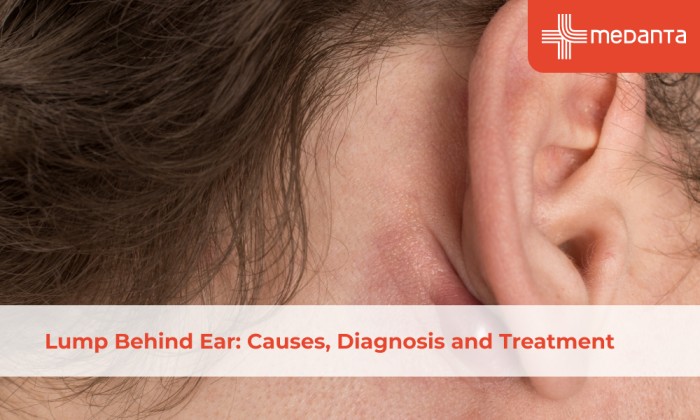All about Cholecystitis – Symptoms, Diagnosis, and Treatment
What is Acute Cholecystitis?
Cholecystitis is a disease associated with the gallbladder. The gallbladder is a small organ pushed back near the liver. The liver produces a digestive fluid called bile juice which is a necessary component of the whole digestive cycle. Small amount of this digestive fluid is stored in the pear-shaped organ, the gallbladder. The gallbladder stores it when received from the liver and release it after we consume any meal to carry forward the digestive process.
When the gallbladder develops stones, they prevent the bile from coming outside, and hence it gets infected with unhealthy bacteria. As the bile is stored in the gallbladder for a long time, the organ starts swelling up which in turn becomes Cholecystitis. There are two forms of this disease, acute and chronic. Chronic Cholecystitis means that the pain keeps coming back and forth but does not stay for a long time. Acute Cholecystitis on the other hand is more severe and stays at length.
In the chronic Cholecystitis type, the gallbladder is irregularly blocked whereas in the second type the patient is most likely to have developed gallstones. As per the studies, women are more affected by Cholecystitis as compared to men. They make up about sixty per cent of the total affected patients.
The risk of acute cholecystitis can be reduced by taking a few steps. One must eat a healthy diet and try to not consume high fats and cholesterol. Another precautionary step is to be physically active and keep a watch on body weight. Those people who are overweight should also try to shed a few kilos. However, do not rush into losing weight as it can increase the risk of developing gallstones.
What Causes Cholecystitis and Who Are at Risk?
As we previously discussed, cholecystitis is an ailment that causes because the gallbladder swelled up. The inflammation occurs for the reason that the bile juice is unable to make an exit as the duct is blocked by the gallstones. Some gallstones are symptomless and just sit in the gallbladder and do nothing but it becomes a problem when they move into the transporting tube and block the duct.
Along with these, scarring in the tissues can also be a cause of this disease. Tumours and swelling because of some infections are also potential reasons. Let us now see who can be affected by cholecystitis:
- Men or women over the age of fifty; women are mostly more targeted.
- If the condition runs in the family for generations
- Being overweight or having lost weight rapidly in a short course of time
- Diabetes
- Pregnant women and women taking estrogen or birth control pills are also at risk
- People with a diet that includes a high amount of fat and cholesterol
Cholecystitis Symptoms
The primary and foremost indication is extreme pain in the upper right section of the abdomen. The pain might transfer to the back and right shoulder as well. The pain is at its peak when you have eaten something or are taking long breaths. Some other common signs to look for are as below.
- Nausea, vomiting and bloating in the stomach.
- The abdomen can feel sore to the touch.
- The patient may be suffering from jaundice.
- Mild fever that may not be experienced by older adults. This symptom is also not likely to be observed in chronic cholecystitis patients.
How to Diagnose Cholecystitis?
The diagnosis will start with the doctor asking you about the symptoms you have been experiencing. Secondly, you may be asked to take a blood test to determine the number of white blood cells present in your body. An increased amount of WBCs than usual shows that there is some sort of infection or swelling in the internal organs.
The patient may also be diagnosed by running a few imaging tests. Abdominal ultrasound is one of them and is used to determine the condition of the gallbladder and the presence of blockages and stones if any. The second imaging test is usually a HIDA scan in which an injected camera moves across different organs of the digestive tract. In case the radioactive substance is unable to enter the gallbladder, it proves that there could be any blockage in that area.
MRI and CT scans can also be used to find out details about the liver, gallbladder, and bile ducts. Any sort of stones and obstruction can be checked through these imaging tests.
Cholecystitis Treatment
There are a few ways to treat this disease. The medical professional will first check out the condition and then act accordingly. Typically, these treatments are not to be performed at home. The first cholecystitis treatment option is to provide rest to the gallbladder by fasting. Pain medications and antibiotics can also be prescribed to cure the pain and any infections.
Two kinds of surgeries can be performed to treat acute cholecystitis. One is to remove the entire gallbladder which is usually done through a laparoscope. In case, the patient is too weak for surgery, then the treatment option is to drain the entire organ percutaneously with the help of USG to prevent the infection from spreading any further.
Summary
Cholecystitis can be a painful and painfree and tough to handle the disease. However, there are treatment options available that can provide relief to the patient.



